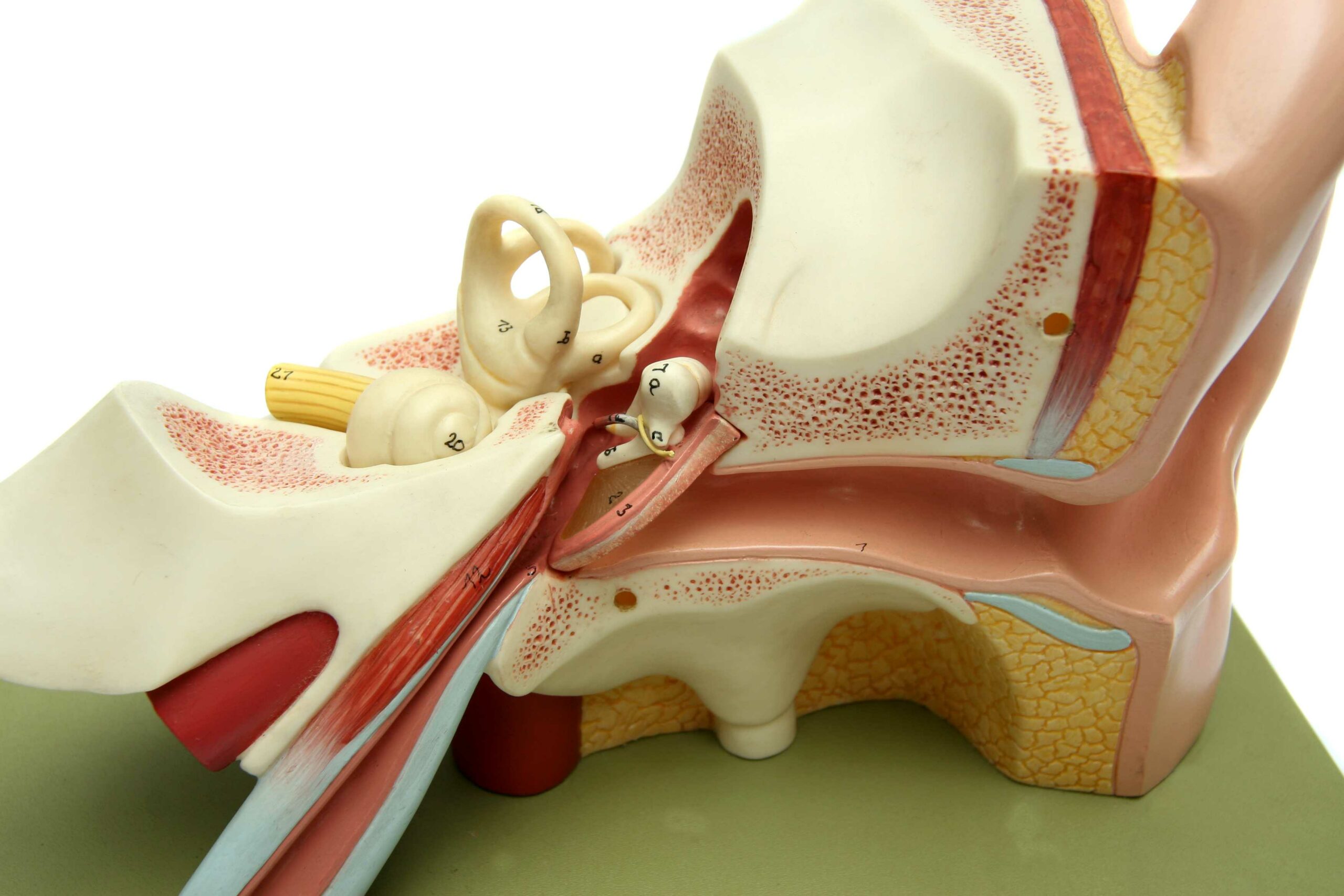Stapes surgeons in Bologna, Italy, have developed a 3D model of a human ear affected by otosclerosis, using a multi-material 3D printer that combines rigid parts (for the bone) and soft tissues in a single block. Until now, training has been carried out on human cadavers or sheep ears, although the latter are never affected by this pathology; thus, the surgeon is not in a real-life situation as he is operating on a soft (healthy) stapes, which is misleading as the stapes of a patient with otosclerosis are hard, and therefore modify the gesture to be performed. The realistic haptic rendering is much appreciated by surgeons in training, as is the possibility of repeating gestures on this pathological ear simulator. Given that 50 to 70 operations are required to master the technique, cost reduction is another advantage of this 3D model.
3D printing is a promising way to manufacture simulators for complex human middle ear surgery. Otosclerosis is a familial ear disorder specific to the human species, affecting adults between the ages of 20 and 40 and leading to deafness. It is treated surgically by inserting an endoscope into the external ear canal to replace the smallest human bone, the stirrup, 3 mm long and located behind the eardrum, with a prosthesis.
This innovation could also open up new prospects for veterinary training. If it’s possible to model a human ear, why shouldn’t it be possible to model a dog, cat or rabbit ear?




